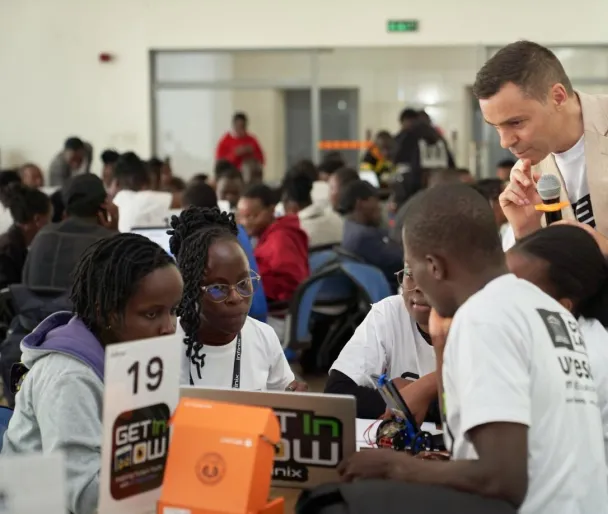Ownership of wellbeing for indigenous communities

How do we use technology to create equality and access for indigenous and vulnerable communities to engage in decisions that lead/contribute to their wellbeing?
E hara taku toa i te toa takitahi, he toa takitini
My strength is not as an individual, but as a collective.
When forced to engage with a mainstream healthcare system, Māori communities often speak of feeling compromised, disengaged and isolated.
Ministry of Health statistics show Māori are almost three times as likely as non-Māori to have experienced unfair treatment in healthcare, based on their ethnicity. In addition to that, mainstream models of care don’t fully understand what indigenous peoples practices and rituals regarding well being mean to them.
In a system which has long prioritised a western approach to medicine, groups such as What Ever It Takes have the goal of supporting whānau to have a voice and a choice when it comes to their family wellbeing.
INCREASE UNDERSTANDING
The roundtable discussed the way in which the current healthcare system understands the practises and principles of indigenous populations. While training and recruiting more indigenous clinicians was raised as a necessity, the health sector needs to widely recognise and embrace Māori health models.
Putting whānau at the centre of care and genuinely accepting Māori knowledge and spirituality as equally valuable to a clinically driven approach respects that whānau are experts in their own health. So how can this be furthered through technology?
One idea floated at the roundtable was to create a tech platform which guides practitioners through making choices which are aligned to different indigienous models of care, or offer the ability to understand and respect certain rituals and ceremonies at the right times throughout a process such as rehabilitation.
Technology could also:
- Connect communities/whānau who are going through similar things
- Facilitate mentoring people to looks after themselves
- Provide self-assessment tools
- Create and enable aspirational goals for the patient
- Share stories and songs
- Translate language, rituals or behaviours for mainstream healthcare
INCREASE ACCESS
Telehealth was raised as an obvious example which can improve access to healthcare - and it’s only ‘obvious’ because of the widespread use of this method of care during the pandemic, this would not have been so mainstream 5 years ago.
Interestingly, this telehealth as a means of improved Māori access was implemented in 2013 to service the 300 residents on the remote Bay of Plenty island of Matakana. By making a GP from a Māori Health provider clinic in Papamoa accessible by video every weekday, patients received more regular support and more accessible healthcare.
It’s also a form of engagement which can foster and nurture more empathetic clinical behaviour. Video calls may allow people to see into the lived reality of others, which requires that people check their biases or acknowledge privileges afforded by a system set up to deliver westernised healthcare.
MEASURING IMPACT FOR FUNDING
Changing a healthcare system, or adopting new practices into mainstream care is not cheap. It takes a lot of time, effort and money to steer such a large ship in a new direction.
When we consider the application of tech to open up more to whānau-centred care, the roundtable raised its ability as a tool for better reporting, delivering metrics which provide the evidence that indigenous systems work and are worth investing in.
Reporting platforms can identify trends or barriers to client progress, monitor, review and mitigate risk, and provide data to inform decision making for funding. By using technology to capture evidence around the value of whānau support on healthcare outcomes, data could be provided to translate the true impact of a new model of healthcare for funders. With greater access to more funding, individuals could access a level of care that’s currently being held back from them.
As technology like the app built by Charmeyne Te Nana and What Ever It Takes gains ground, a new global standard will be set for the way indigenous communities receive and inform healthcare. Technology is the enabler for richer cultural experiences and quantitative measurements that emphasize whānau being active participants and leaders in their journey to hauora.
This article first appeared in ‘Connecting for a Better Future: a collection of essays’ in response to the RUSH x AUT Techweek Roundtable Discussions published in September 2021. Read the full whitepaper here:








